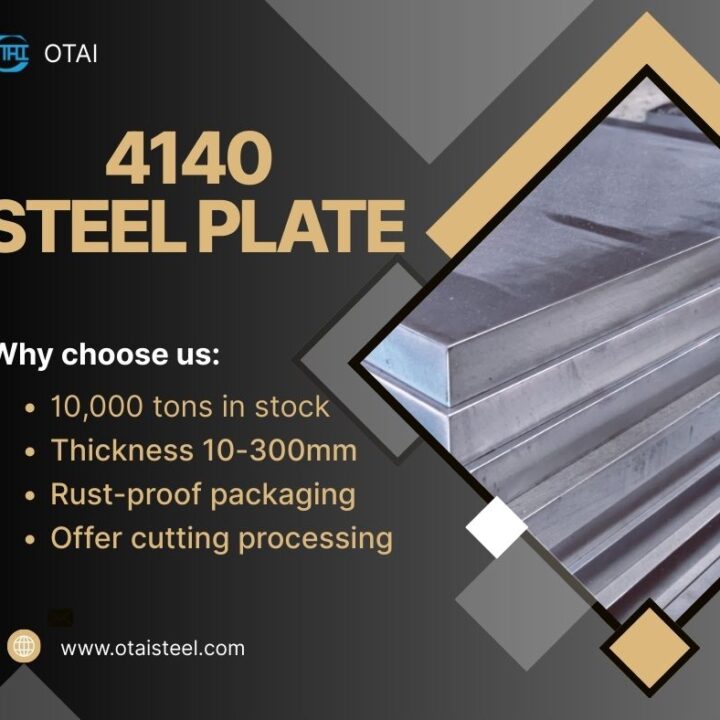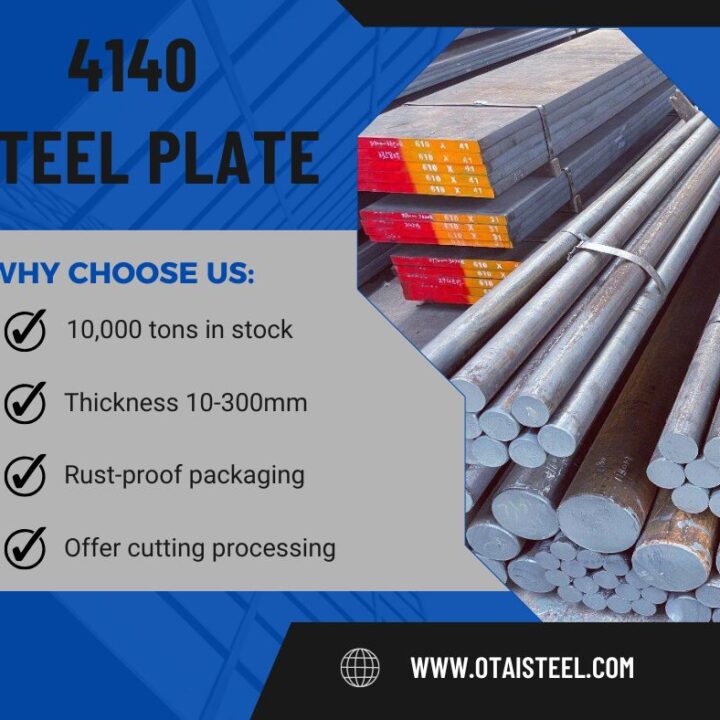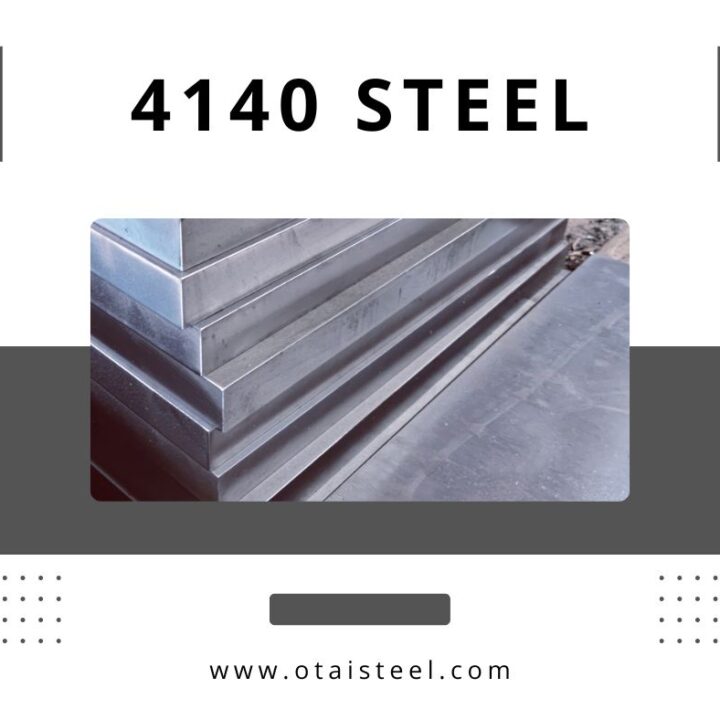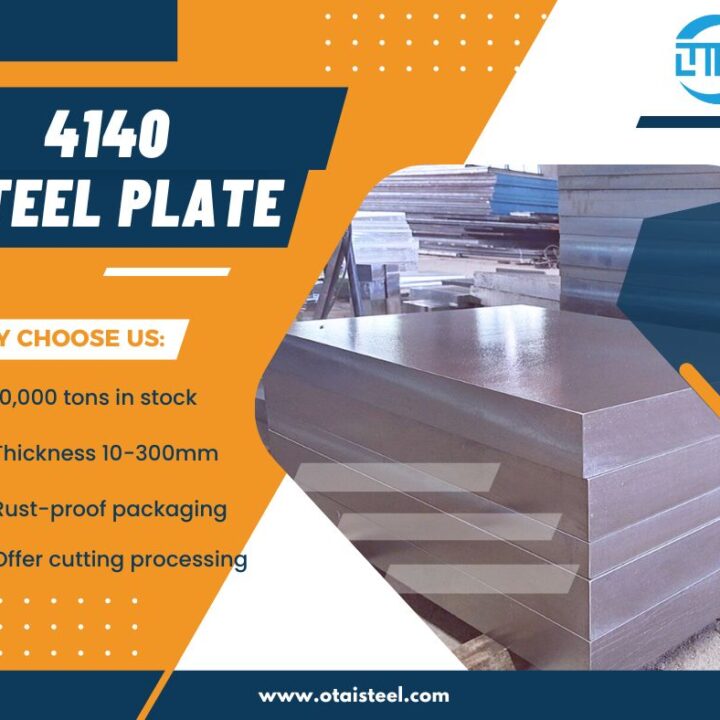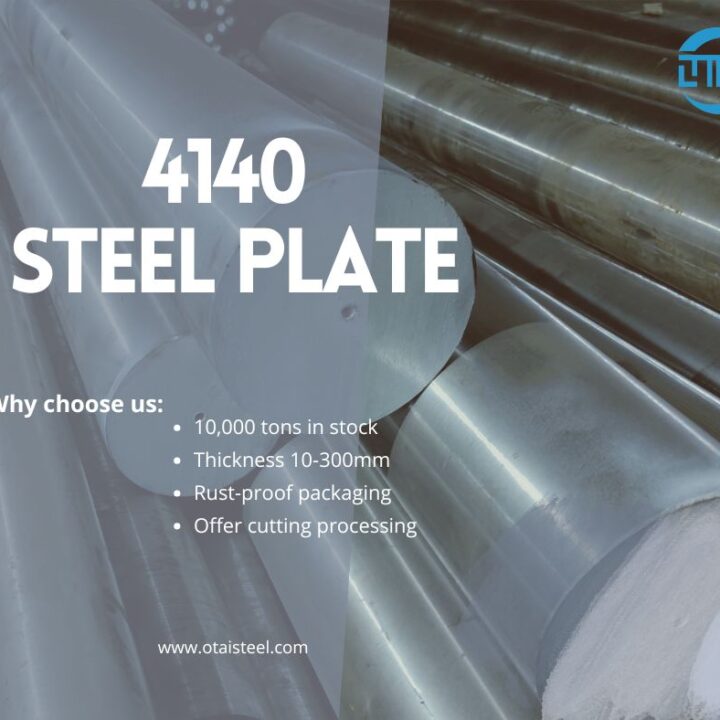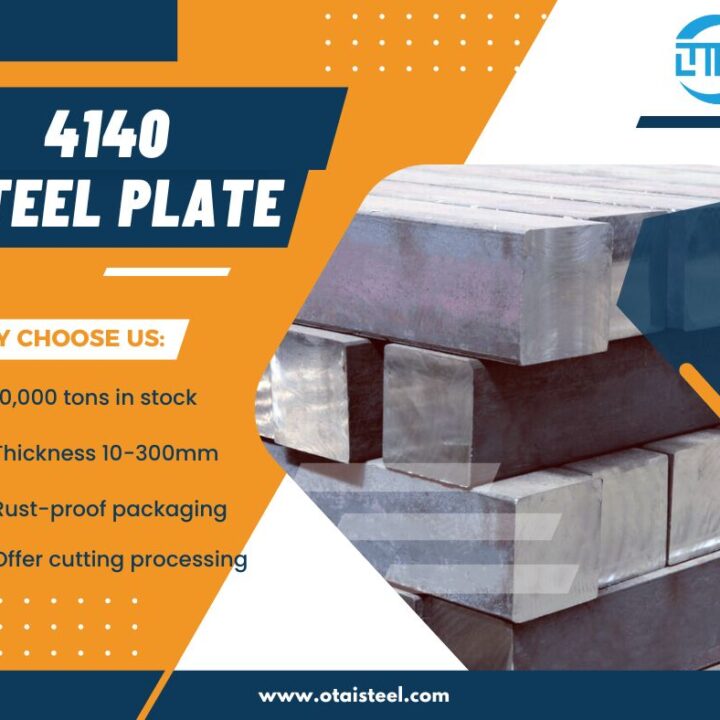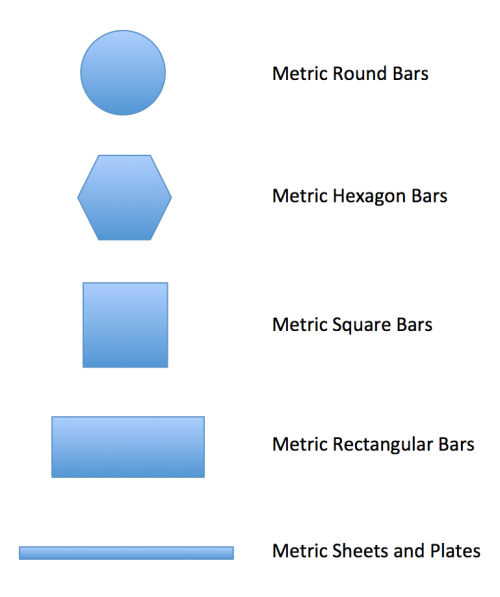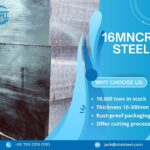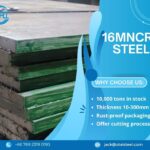 4140 Steel Induction Hardening: A Comprehensive Guide
4140 Steel Induction Hardening: A Comprehensive Guide
4140 steel is a versatile alloy steel widely used in various industries, including automotive, aerospace, and machinery. Known for its excellent strength, toughness, and hardness, 4140 steel undergoes several heat treatment processes to enhance its properties. One of the most common processes used to improve the surface hardness of 4140 steel is induction hardening.
In this article, we’ll explore what induction hardening is, how it works with 4140 steel, and the benefits it brings to industrial applications.
🧪 What is Induction Hardening?
🏗️ How Does Induction Hardening Work with 4140 Steel?
4140 steel is a low-alloy, medium-carbon steel that contains chromium, molybdenum, and manganese. These elements enhance its hardenability, making it an ideal candidate for induction hardening. When subjected to this process, 4140 steel can achieve a hard surface with a tough core.
Steps in the Induction Hardening Process for 4140 Steel:
-
Preheating: The part is first preheated to a specific temperature to reduce thermal stress during the induction process. This step helps avoid distortion and ensures more uniform heating.
-
Induction Heating: A high-frequency induction coil is placed around the area to be hardened. The coil generates an electromagnetic field, which induces a current in the 4140 steel, causing it to heat up rapidly. The heating is highly localized, allowing precise control over which areas of the part are hardened.
-
Quenching: Once the desired temperature is reached (typically between 850-950°C for 4140 steel), the heated part is quickly quenched in water, oil, or polymer solutions. The rapid cooling causes the steel to undergo a phase transformation, forming a martensitic structure that is hard and wear-resistant.
-
Tempering (Optional): In some cases, the part may undergo tempering after hardening. This step involves reheating the part to a lower temperature (around 200-300°C) to relieve internal stresses and reduce brittleness while maintaining the hardness.
🏅 Benefits of Induction Hardening for 4140 Steel
Induction hardening provides several advantages to 4140 steel, particularly for parts that require high surface hardness while maintaining strength and toughness in the core. Some of the key benefits include:
✔️ Improved Surface Hardness
The primary benefit of induction hardening is the significant increase in surface hardness. 4140 steel can achieve hardness levels of 50-60 HRC on the surface, making it highly resistant to abrasion and wear.
✔️ Increased Wear Resistance
The hard martensitic surface produced by induction hardening significantly improves wear resistance, which is crucial for components subjected to friction, such as gears and shafts. This wear resistance extends the lifespan of the parts and reduces maintenance costs.
✔️ Enhanced Fatigue Strength
Induction hardening improves the fatigue strength of 4140 steel by creating a hard surface that resists deformation under cyclic loads. This makes induction-hardened 4140 steel ideal for parts like crankshafts, axles, and pins that undergo repeated loading and unloading cycles.
✔️ Localized Hardening
Unlike conventional heat treatment methods, induction hardening allows for localized hardening. This means you can harden specific areas of the part, such as shafts or gears, while keeping the core relatively soft and tough. This combination of a hard surface and tough core makes 4140 steel suitable for high-performance applications.
✔️ Minimal Distortion
Because induction hardening involves rapid and localized heating, it causes minimal distortion compared to other heat treatment processes. This makes it an ideal choice for precision components where maintaining the part’s shape is crucial.
🏗️ Applications of Induction-Hardened 4140 Steel
Induction-hardened 4140 steel is used in a wide variety of industries, thanks to its superior wear resistance, strength, and fatigue resistance. Some common applications include:
| Application | Reason for Using Induction-Hardened 4140 Steel |
|---|---|
| Gears | High wear resistance and strength for components subjected to friction and stress. |
| Shafts | Tough core and hard surface for improved fatigue strength and wear resistance. |
| Crankshafts | Excellent fatigue resistance to handle dynamic and repetitive loads. |
| Bearings | Hard, wear-resistant surface that ensures long operational life in high-stress applications. |
| Pins and Bushings | Wear resistance and reduced maintenance due to hard surface. |
These applications demonstrate the versatility of induction-hardened 4140 steel across a range of industries where durability and performance are key.
📊 Hardness Comparison of Induction-Hardened 4140 Steel vs Other Steels
To better understand how 4140 steel compares to other materials, here’s a table showing the hardness levels of induction-hardened steel grades:
| Steel Grade | Heat Treatment | Surface Hardness (HRC) | Applications |
|---|---|---|---|
| 4140 | Induction Hardened | 50-60 HRC | Gears, shafts, crankshafts, bearings |
| AISI 8620 | Induction Hardened | 50-55 HRC | Automotive components, gears, shafts |
| AISI 1045 | Induction Hardened | 45-55 HRC | General machinery parts, shafts |
| AISI 4145 | Induction Hardened | 55-60 HRC | High-performance components, aerospace |
As shown, 4140 steel provides excellent hardness after induction hardening, making it suitable for high-stress, high-wear applications.
🏅 Why Choose Otai Special Steel for Induction-Hardened 4140 Steel?
At Otai Special Steel, we provide high-quality 4140 steel that undergoes precise induction hardening to meet your application needs. Here’s why you should choose us:
| Feature | Details |
|---|---|
| Premium Quality | We offer 4140 steel with excellent hardness and durability. |
| Customized Services | We provide cutting, heat treatment, and machining services to meet your specifications. |
| Global Delivery | We ensure timely worldwide delivery to support your projects. |
| Competitive Pricing | Get cost-effective solutions without compromising on quality. |
We guarantee that your induction-hardened 4140 steel will meet your specific requirements for strength, hardness, and durability.
❓ FAQ: Frequently Asked Questions
Q1: What is the typical surface hardness of 4140 steel after induction hardening?
A1: The surface hardness of induction-hardened 4140 steel typically ranges between 50-60 HRC, making it highly resistant to wear and abrasion.
Q2: Can induction hardening be applied to other steel grades?
A2: Induction hardening treats many steel grades, yet 4140’s alloy chemistry and high hardenability let it respond best, delivering superior case hardness and core toughness.
Q3: What are the main benefits of using induction hardening over other heat treatments?
A3: Induction hardening offers localized heating, minimal distortion, and the ability to achieve high surface hardness without compromising the toughness of the core, making it ideal for high-performance parts.

